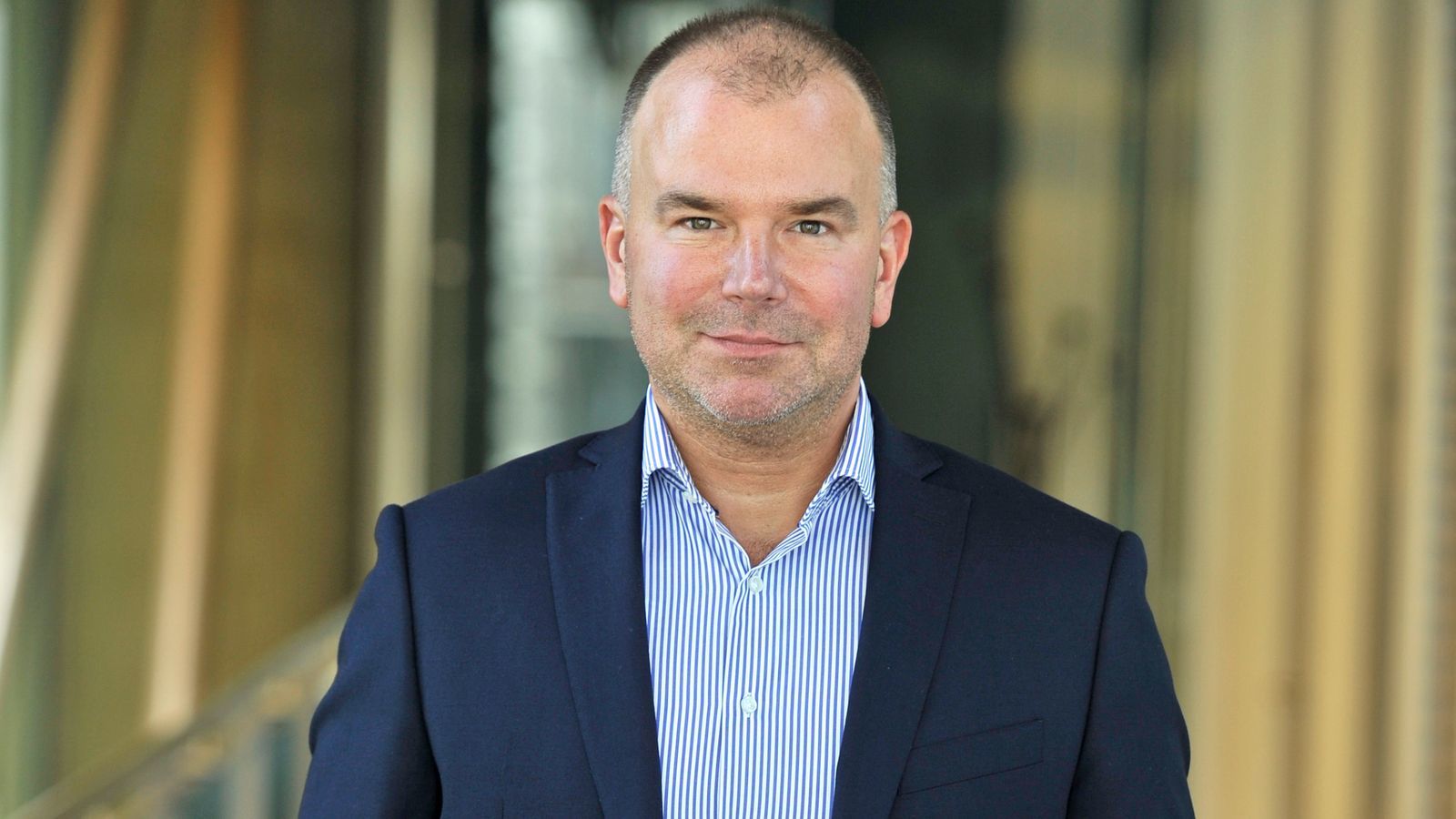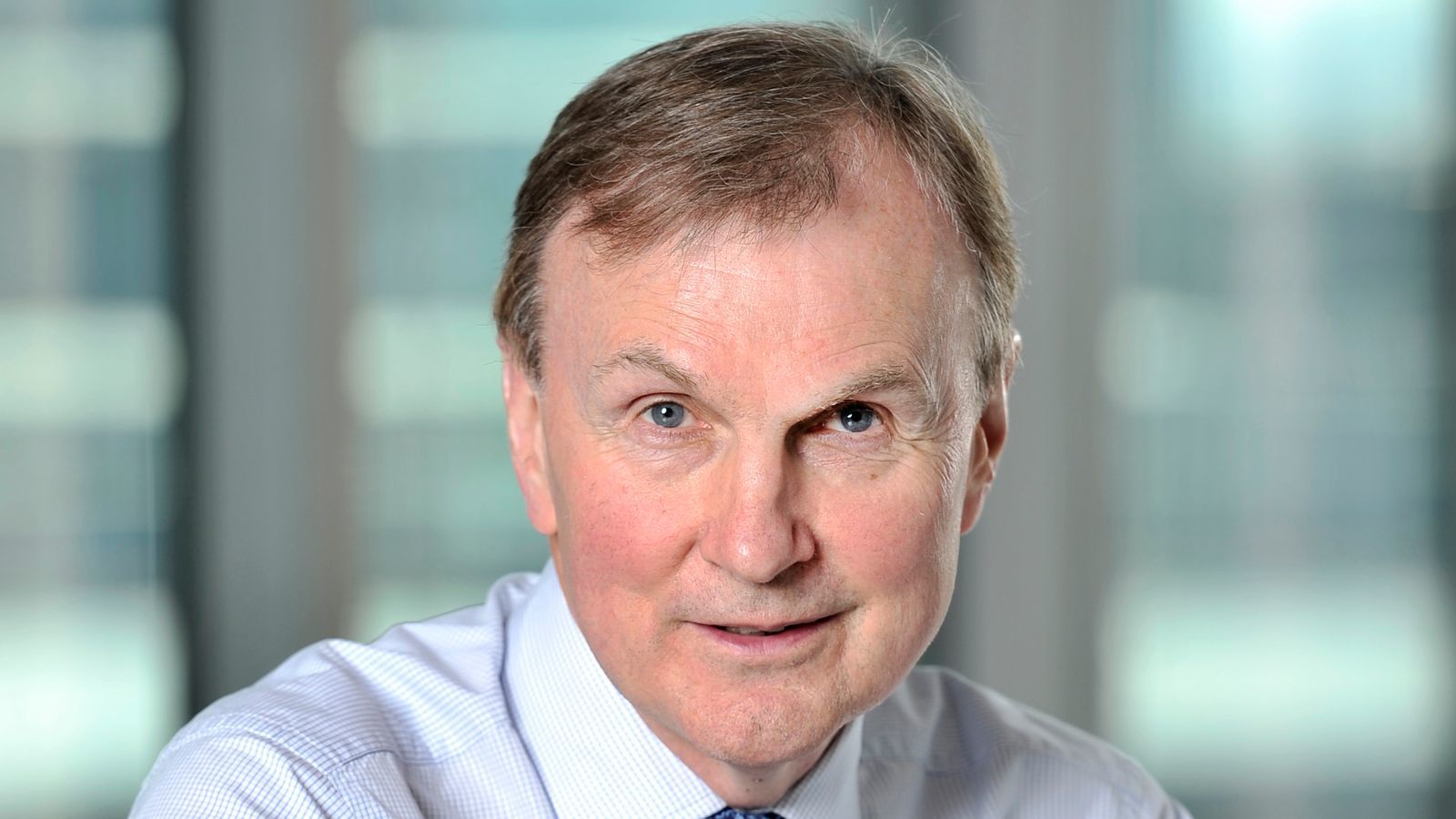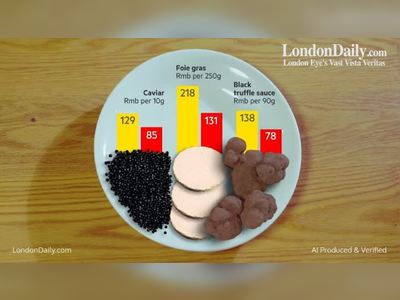
There is much to cheer at M&S as its long-promised turnaround begins to bear fruit
Unfortunately for the retail bellwether, despite lots of encouraging news in today's half year results, some understandably cautious comments from management about a "gathering storm" for consumer spending has further dragged down the share price - which had already fallen by 50% so far this year.
Archie Norman, the M&S chairman and one of the most experienced operators working in UK retailing, said: "It's a tough old world out there. I don't think there's ever been a time in my career when the macro factors have been more formative on how the business is performing.
"We are now in the consumer crunch period. We can see that.
"We know that winter is coming and the customer knows that. We've already seen a falling leaves so we are seeing people change [their behaviour]."
M&S chief executive Stuart Machin, who replaced the long-serving Steve Rowe earlier this year, added: "Uncertainty is at its maximum."
As for the numbers themselves, they were not at all bad, in fact slightly better than most analysts had been expecting.
Pre-tax profits before adjustments in the six months to 1 October came in at £205.5m, down 24% on the same period last year, although much of that reflects unfavourable comparisons with the same period last year - when profits were flattered by £47.5m worth of business rates relief during the pandemic. Sales were up 8.8% at £5.6bn.
Mr Machin described trading during the period as "robust", with clothing and home sales growing by 14%, while food sales grew by 5.6%.
He said profits in food were lower because M&S had been absorbing higher costs in a number of areas rather than passing them onto customers.
Meanwhile, as had previously been flagged to the market, the company's joint venture with online grocer Ocado had suffered a £700,000 loss which Mr Machin said reflected inflationary headwinds, higher costs and a decrease in average basket size as consumers revert to pre-pandemic spending patterns.
In clothing and home, for many years a misfiring part of the business, Mr Machin hailed what he called an outstanding performance.
Online now accounts for nearly a third of clothing and home sales but M&S has also seen a return of shoppers to its outlets in city centres and shopping centres. Mr Machin highlighted that M&S had seen strong growth in what he called 'formal and event driven' categories, with dress sales up by more than 50%, as were men's formal shirts and smart wear.
The group appears to be benefiting from both a return to the office and a revival in occasions like weddings now the lockdowns are over.
 Stuart Machin.
Stuart Machin.The 'Remarksable' line or essentials has also apparently traded well.
M&S is also working hard on its store network more broadly. Much was made of today's investor presentation of the new outlet at Stevenage, Hertfordshire, which recently won praise on social media with an unexpected endorsement from Liam Gallagher.
The downside to this, for some customers, is that they will see their local M&S close as the company seeks to 'rotate', in its words, towards stores capable of offering bigger, fresher, food ranges and a better click and collect service.
M&S last month announced it was accelerating its store closure programme and said it had earmarked 67 sites due to close within five years. It has not identified the sites earmarked for closure but it is worth noting that it said on Wednesday it was not seeing a return of shoppers to town centre stores in the same way it was city centres and shopping centres.
That sounds pretty ominous for smaller towns where the local M&S is a key draw on the high street.
Even though the outlook is pretty grim, both Mr Norman and Mr Machin appear confident M&S can navigate the storm.
Noting that "customers have been hearing about this, they've been seeing this on their television screens for months now", Mr Norman suggested M&S was better placed than some of its competitors because the majority of its customers were in employment and had higher than average earnings and lower than average mortgages or, because they were retired with no mortgage at all.
He said M&S might also outshine rivals during this period because its cost of business had been too high "for years" but was now coming down more rapidly than at some better "oiled" competitors.
The chairman also cited the speed at which M&S's sales volumes were moving online. He said the group's online arm was now "roughly as profitable" as its stores business and that would only continue as more volume moved online.
 Archie Norman.
Archie Norman.
He also suggested the heavy investment being made in data and digital would enable it to drive sales in future more rapidly than some competitors.
He went on: "We do believe we could end up in a market leading position, or certainly a position well ahead of our competitors, in that respect."
Some in the market are also coming around to that point of view.
Kate Calvert, retail analyst at the investment bank Investec, told clients: "M&S has emerged post pandemic in a much stronger market position and with good momentum in its transformation strategy.
"Relative to others, M&S has material productivity opportunities to go after, which should help mitigate future inflationary pressure."
In the immediate short term, meanwhile, Mr Machin is confident that shoppers will not desert M&S during the festive season despite a desire to save money. He said customers were "telling us they do want to protect Christmas".
For more than two decades, now, M&S has been promising a turnaround to customers and investors alike.
It is deeply ironic that, just as there are increasing signs of that turnaround coming to fruition, it is at a time when the outlook for consumer spending is its least encouraging for many years.
But, as Mr Norman noted: "I don't want us to get too consumed with the macro environment…we're looking forward to the year ahead and we feel we're going to come out of this better than expected."










